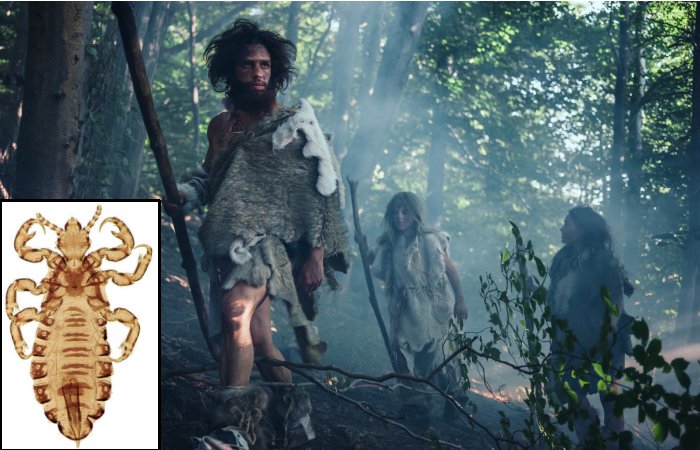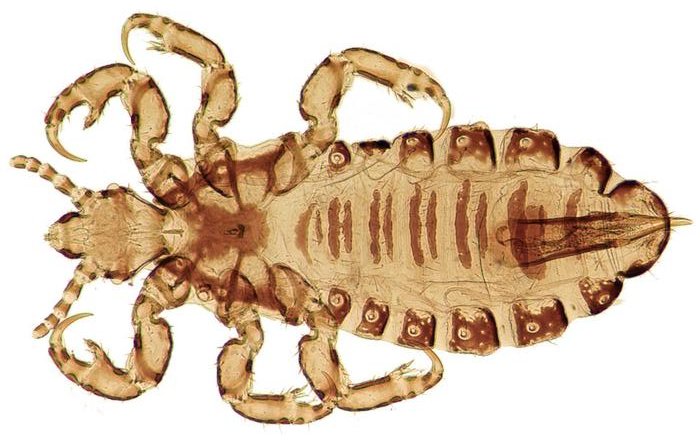Jan Bartek - AncientPages.com - Marina Ascunce, currently at the USDA-ARS, and colleagues, report these findings in a study published in the journal PLOS ONE.
Credit: Adobe Stock - Gorodenkoff
The human louse is a wingless, blood-sucking parasite that lives its entire life on its host. It is one of the oldest known parasites to live on humans, and the two species have coevolved for millennia. Due to this intimate relationship, studying lice can offer clues to how humans evolved as well.
In the new study, researchers analyzed the genetic variation in 274 human lice from 25 geographic sites around the world.
A genetic analysis based on louse DNA revealed the existence of two distinct clusters of lice that rarely interbred. Cluster I had a worldwide distribution, while cluster II was found in Europe and the Americas.
The only lice with ancestry from both clusters are found in the Americas. This distinct group appears to be the result of a mixture between lice descended from populations that arrived with the First People and those descended from European lice, which were brought over during the colonization of the Americas.
The researchers also identified a genetic relationship between lice in Asia and Central America. This supports the idea that people from East Asia migrated to North America and became the first Native Americans.
These people then spread south into Central America, where modern louse populations today still retain a genetic signature from their distant Asian ancestors.
The patterns observed in the new study support existing ideas about human migration and provide additional knowledge about how lice have evolved. The researchers point out that they selected genetic markers that evolve quickly and are best suited to recent events.
Thus, future studies that use markers that have changed more slowly could shed light on more ancient events.
Additionally, the methods developed for this work could guide the development of new analyses to study other host-parasite systems.
Credit: Vincent Smith, Natural History Museum, London, CC-BY 4.0
The authors add, "Human lice are more than annoying human parasites, they are 'satellites' of our evolution. Because human lice feed on human blood, they need us to survive, and over millions of years this resulted in a long co-evolutionary history together."
The study was published in the journal PLOS ONE
Written by Jan Bartek - AncientPages.com Staff Writer








